When it comes to material handling, safety is not a suggestion—it’s a necessity. Every day, thousands of workers move, lift, transport, or store materials using a range of tools and machinery. But whether you’re using manual material handling tools, automated material handling systems, or forklifts for material handling, one question should always be asked: “What protective equipment is required when handling this material?”
The answer depends on the material type, handling method, and workplace environment. In this comprehensive guide, we explore the personal protective equipment (PPE) required for safe material handling, referencing common industry practices and aligning with current material handling safety standards.
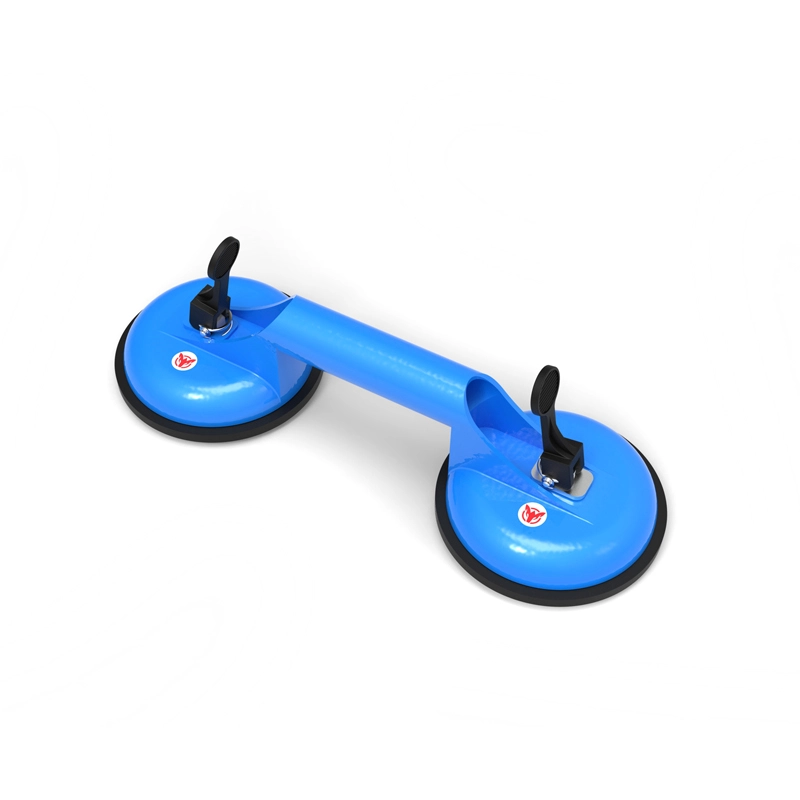
Table of Contents
ToggleWhat Is Material Handling and Why Is PPE Important?
Material handling refers to the movement, storage, control, and protection of materials throughout their lifecycle in manufacturing, warehousing, logistics, and construction environments. It involves:
- Material handling equipment like forklifts, cranes, hoists, and vacuum lifters
- Manual tools including carts and trolleys
- Overhead systems such as gantry cranes
- Automated systems like conveyors and robotic arms
For a deeper overview, visit:
👉 What Is Material Handling? Types, Equipment, Functions, Safety, and Warehouse Optimization
Without proper PPE, even the best industrial material handling solutions can’t protect workers from exposure, mechanical hazards, or ergonomic injuries.
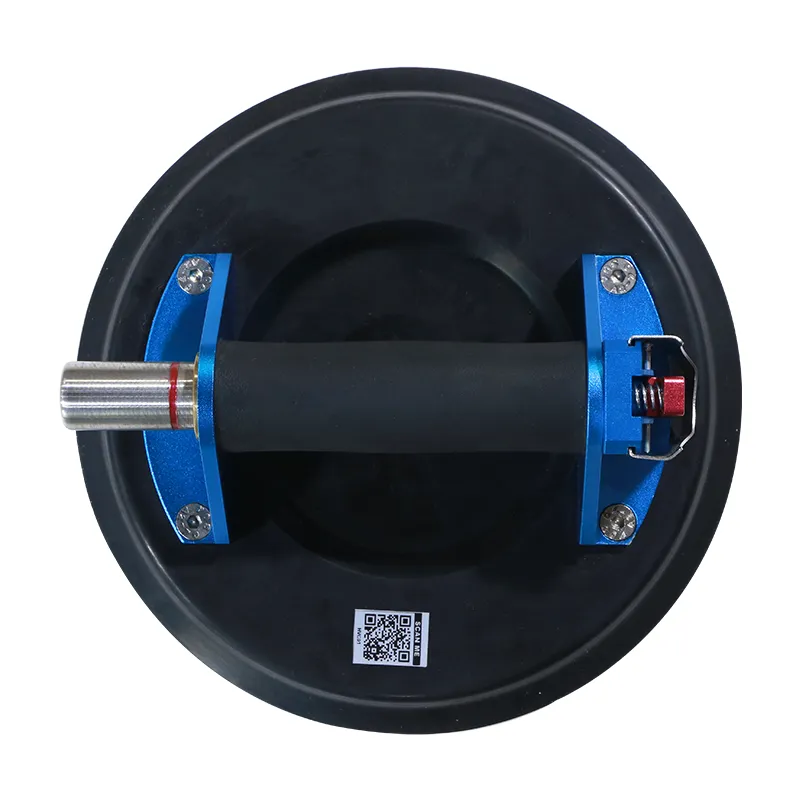
Why PPE Is Non-Negotiable in Material Handling
Every material—whether it’s a heavy steel slab, corrosive chemical, or cardboard box—has the potential to cause injury. PPE acts as a buffer between the worker and potential harm caused by:
- Sharp edges
- Excessive weight
- Toxic exposure
- Impact from falling objects
- Equipment entanglement
Proper PPE selection must consider both the material and the handling method, and it must be enforced across all operations including material handling in logistics, construction, and food industry.
Most Common PPE Required in Material Handling
Let’s break down the core types of personal protective equipment used across material handling for warehouses, manufacturing, and beyond.
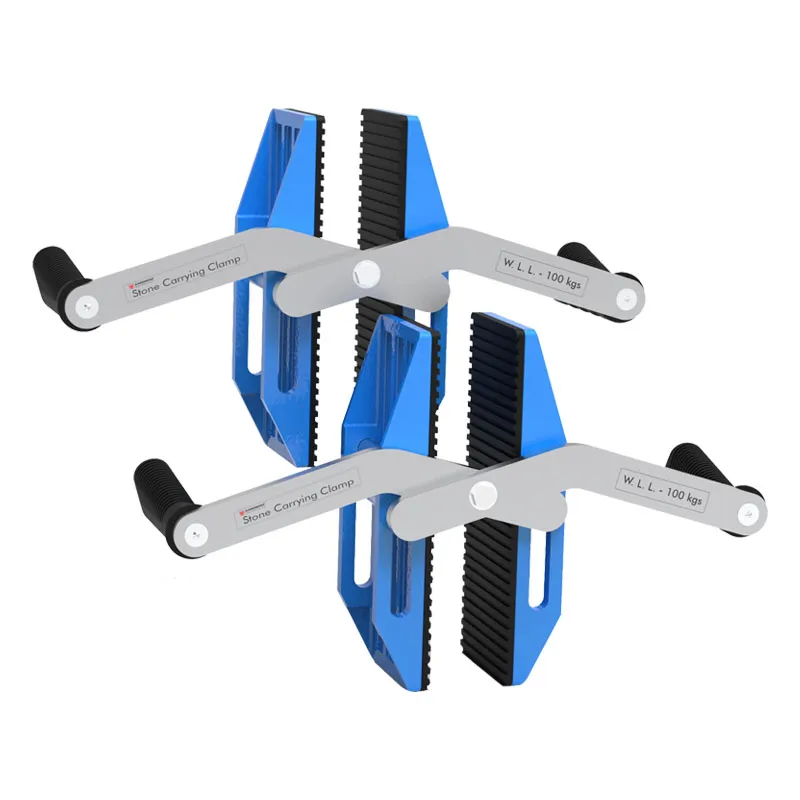
1. Gloves: Hand Protection
Purpose:
Protects against abrasions, cuts, burns, chemical exposure, and repetitive motion injuries.
Types of Gloves:
- Leather gloves – Ideal for handling rough or heavy items like bricks or pallets
- Cut-resistant gloves – Used when working with sharp edges
- Chemical-resistant gloves – Essential in bulk material handling systems with hazardous liquids
- Heat-resistant gloves – Used when dealing with hot surfaces or materials
Best Practices:
- Match glove type to the material’s hazard profile
- Inspect gloves for wear before each shift
2. Safety Shoes: Foot Protection
Purpose:
Prevent foot injuries from falling materials, rolling carts, or chemical spills.
Recommended Features:
- Steel toe caps – Protect against dropped objects
- Slip-resistant soles – Critical for wet areas or material handling in food industry
- Chemical-resistant soles – Used in pharmaceutical material handling systems
Bonus Tip:
Choose footwear rated for electrical hazards if working near automated or powered equipment.
3. Eye and Face Protection
Purpose:
Protect against flying debris, dust, chemical splashes, and light emissions from machines.
Common Options:
- Safety goggles – Used with manual material handling tools
- Face shields – Ideal when handling caustic liquids or grinding operations
- Welding masks – Required for hot works in material handling for manufacturing
Important:
Face shields do not replace goggles—use both when necessary.
4. Hard Hats: Head Protection
Purpose:
Prevents impact injuries from falling objects or contact with overhead machinery like cranes or hoists.
Used extensively in:
- Material handling in construction
- Overhead material handling systems
- Warehouses with high racking
Maintenance Tip:
Replace hard hats if cracked or after a significant impact, even if no visible damage exists.
5. High-Visibility Clothing
Purpose:
Increases visibility in busy environments like loading docks, where forklifts and trucks operate.
Required In:
- Material handling for warehouses
- Material handling in logistics hubs
- Outdoor storage yards
PPE Insight:
Select high-vis gear with reflective tape and a color that contrasts with the environment.
6. Respirators and Masks
Purpose:
Protects against dust, fumes, and chemical vapors—especially in enclosed or poorly ventilated spaces.
Applications:
- Chemical storage zones
- Woodworking and packaging lines
- Bulk material handling systems with powdered substances
PPE Rule:
Always consult the material’s Safety Data Sheet (SDS) to determine the required respiratory protection.
7. Hearing Protection
Purpose:
Shields ears from damage caused by prolonged exposure to noise from machines and vehicles.
Used In:
- Facilities with conveyors, compressors, or automated tools
- Construction zones
- Heavy-duty material handling solutions operations
Options Include:
- Foam earplugs
- Over-ear earmuffs
- Custom-molded ear inserts
How to Choose the Right PPE for Material Handling
Step 1: Identify the Material Type
Is it heavy? Sharp? Toxic? Wet? Fragile?
Step 2: Evaluate Handling Method
Manual vs mechanical. Lifting vs sliding. Transporting vs storing.
Step 3: Consult the Safety Data Sheet (SDS)
For hazardous materials, SDS will outline PPE requirements clearly.
Step 4: Factor in the Environment
Are you indoors or outdoors? Is the floor slippery? Are there machines nearby?
Common PPE Mistakes to Avoid
- Wearing loose clothing that can get caught in conveyors
👉 Loose Clothing Is Best to Wear When Handling Material? - Using the wrong glove type for a chemical hazard
- Skipping hard hats in overhead handling zones
- Not replacing worn-out PPE on time
- Inadequate training on how to use PPE properly
The Role of PPE in Equipment-Based Material Handling
Even when using advanced equipment like vacuum lifters or jib cranes, PPE is still critical.
Operators and bystanders must wear proper protection when handling:
- Stone or metal sheets
- Glass panels
- Loose or stacked inventory
Bonus: Safety + Efficiency = Performance
Selecting the best material handling equipment for warehouses is only half the equation. PPE completes the safety system and ensures compliance with material handling safety standards.
When combined, these elements:
- Reduce workplace injuries
- Lower insurance costs
- Improve morale and productivity
- Comply with legal and OSHA regulations
Final Thoughts
When considering what protective equipment is required when handling this material, the answer depends on the context—but the importance is universal. Whether you’re in material handling in construction, manufacturing, logistics, or pharmaceuticals, PPE is your first and last line of defense.
For comprehensive protection:
- Conduct regular PPE audits
- Refer to SDS for hazardous materials
- Train staff through certified material handling training programs
- Partner with reputable material handling system suppliers for safe, efficient solutions
Additional Resources
- What Is Material Handling? Types, Equipment, Functions, Safety, and Warehouse Optimization
- How Does Material Handling Impact the Human Labor Force?
- Loose Clothing Is Best to Wear When Handling Material?
- Vacuum Lifters
- Jib Cranes
- What Are Some of the Most Common Material Handling Hazards as Cited by Workers?

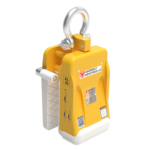
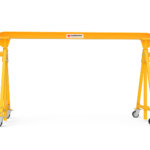
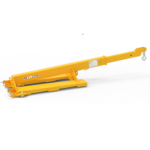
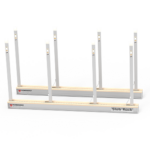
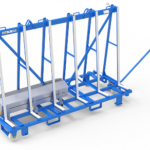
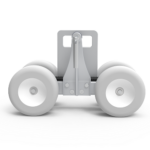
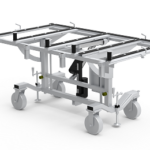
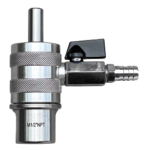
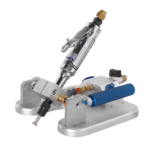
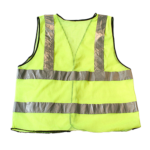

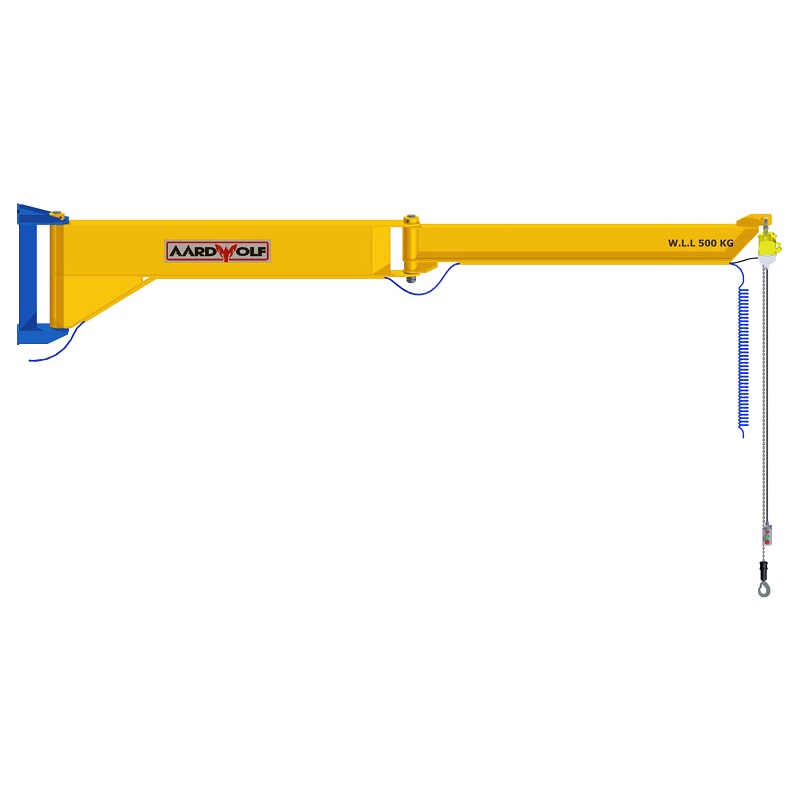
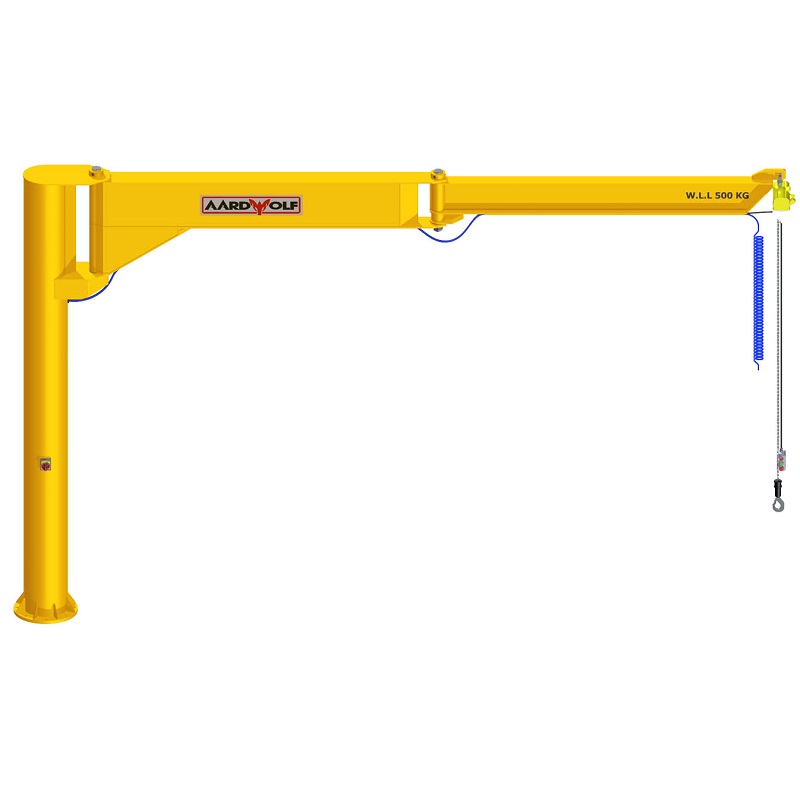
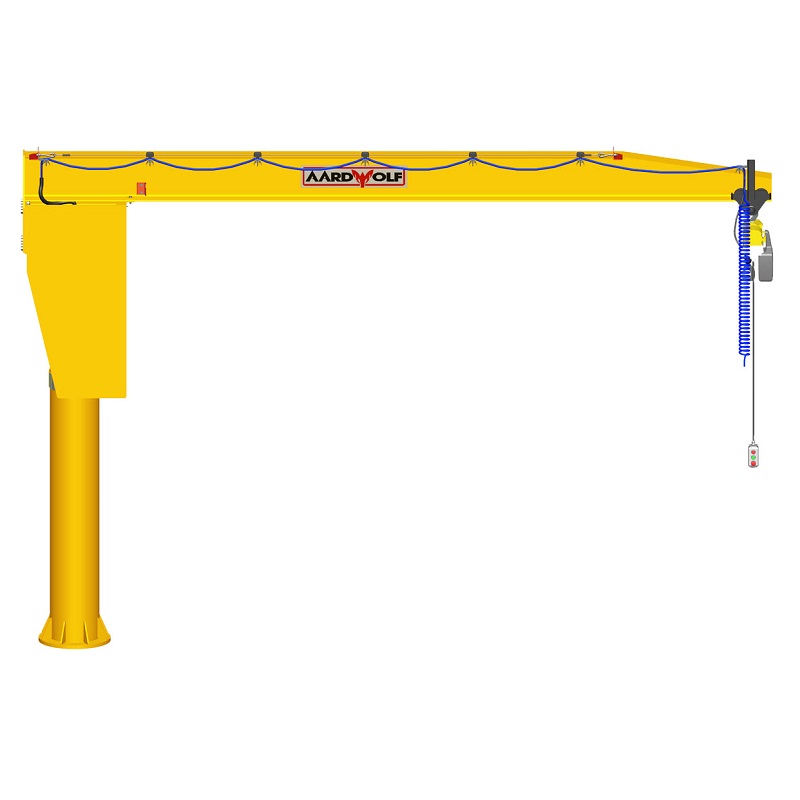


Please log in to leave a comment.